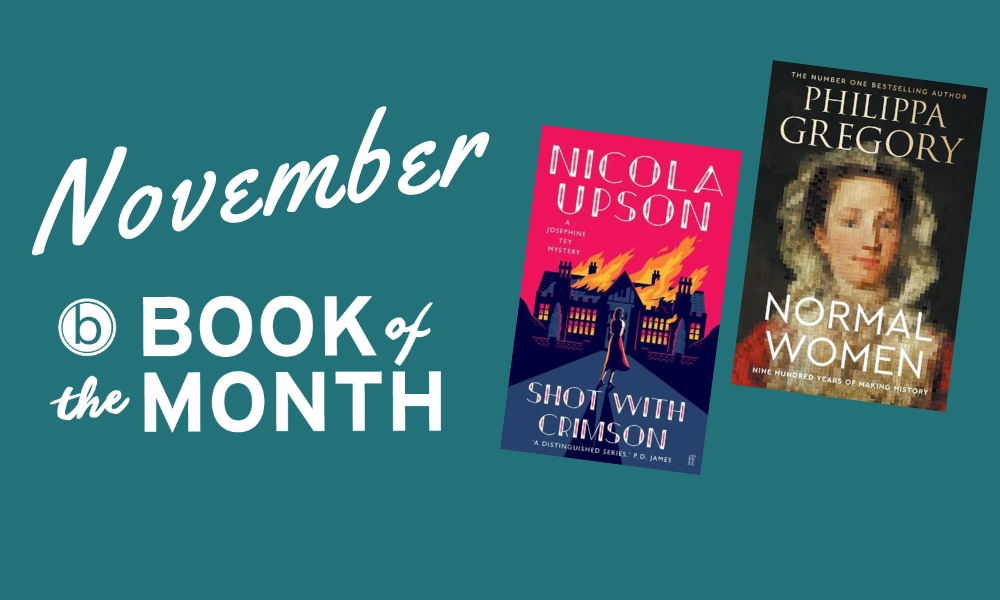Fiction: Shot With Crimson by Nicola Upson
Clever, fascinating and filled with intrigue, Shot With Crimson is one of Nicola Upson’s Josephine Tey Mysteries (a superb crime series which can be read in any order). Their protagonist is real life novelist Josephine Tey, a contemporary of Agatha Christie from the Golden Age of crime writing.
Set both on the movie set of Hitchcock’s Rebecca – a film plagued with delays and bad luck – and back in Britain, at the country house which inspired Daphne Du Maurier’s Mandalay, Josephine Tey is drawn into a murder investigation on both sides of the Atlantic.
It is the story of an old house, and its years as a hospital during the last war, a tale of hidden love, family pride, jealousy and grief. Introducing author, book, director and film, it also looks at creative inspiration, how a story changes depending on the storyteller, obsession and guilt.
A first class mystery, Shot With Crimson brings to life the golden age of cinema and crime fiction with atmosphere and flair. A brilliant read for anyone who loves Du Maurier’s Rebecca. – Ruth, Bookshop Manager
Non Fiction: Normal Women by Philippa Gregory
Normal Women is a radical reframing of our nation’s story, told not with the rise and fall of kings and the occasional queen, but through social and cultural transition, showing the agency, persistence, and effectiveness of women in society – from 1066 to modern times.
Did women do nothing to shape England’s culture and traditions during nine centuries of political turmoil, plague, famine, prosperity, religious reform? Philippa Gregory answers this question by telling stories of the soldiers, guild widows, highwaywomen, pirates, miners and ship owners, international traders, theatre impresarios, social campaigners and ‘female husbands’ who did much to build the fabric of our society and in ways as diverse and varied as the women themselves.
This is not another book about heroines. Instead, it is a book about millions of women, not just three or four. The ‘normal women’ you meet in these pages rode in jousts, flew Spitfires, issued their own currency and built ships, corn mills and houses as part of their daily lives. They went to war, tilled the fields, campaigned, wrote and loved. They committed crimes, or treason, worshipped many types of gods, cooked and nursed, invented things and rioted. A lot.
A landmark work of scholarship and storytelling, this is a history not a call to action. It looks back at facts and the past lives of some 50% of the population without the judgmental eyes of the present. It cannot be a celebratory account about women’s ‘rise’ because women are not equal yet. But by highlighting the drive, ingenuity and vast contribution made, it puts women back where they belong in our history – centre stage.
